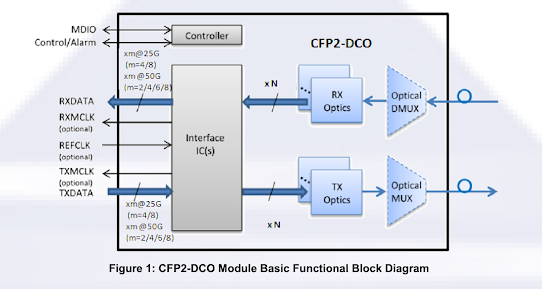What is CDR in Optical Modules
What is CDR (Clock and Data Recovery) in Optical modules?
The full name of CDR is clock and data recovery, which can be simply understood as after the optical signal is converted into an electrical signal, the receiver performs electrical domain shaping and clock recovery.
CDR has two main functions
1. The first is to provide clock signal for each circuit of receiver;
2. The second is to judge the received signal, which is convenient for data signal recovery and subsequent processing.
Because when the optical signal is transmitted to a certain distance, it is usually long-distance transmission, and its waveform will appear a certain degree of distortion. The signals received by the receiver are pulse signals of different lengths. At this time, at the receiver, we can not get the data we need. Therefore, signal regeneration is needed at this time. Signal regeneration functions include re amplification, re shaping and re timing. Re-timing refers to CDR clock data recovery.
In a word, the biggest function of CDR clock data recovery function in optical module is to make the signal of receiver consistent with that of transmitter. Generally, CDR optical modules are used, most of which are high-speed and long-distance transmission optical modules.
As a very important electrical chip in optical module, CDR chip is related to the quality of received signal in high-speed communication. It is widely used in telecommunications, optical media converter, data center storage LAN and wireless products.


I think, this is performed by transponder itself nowadays during 3R function.
ReplyDeleteCorrect Arun, we have CDR devices built in Transponder and Muxponder in optical transport systems
Delete